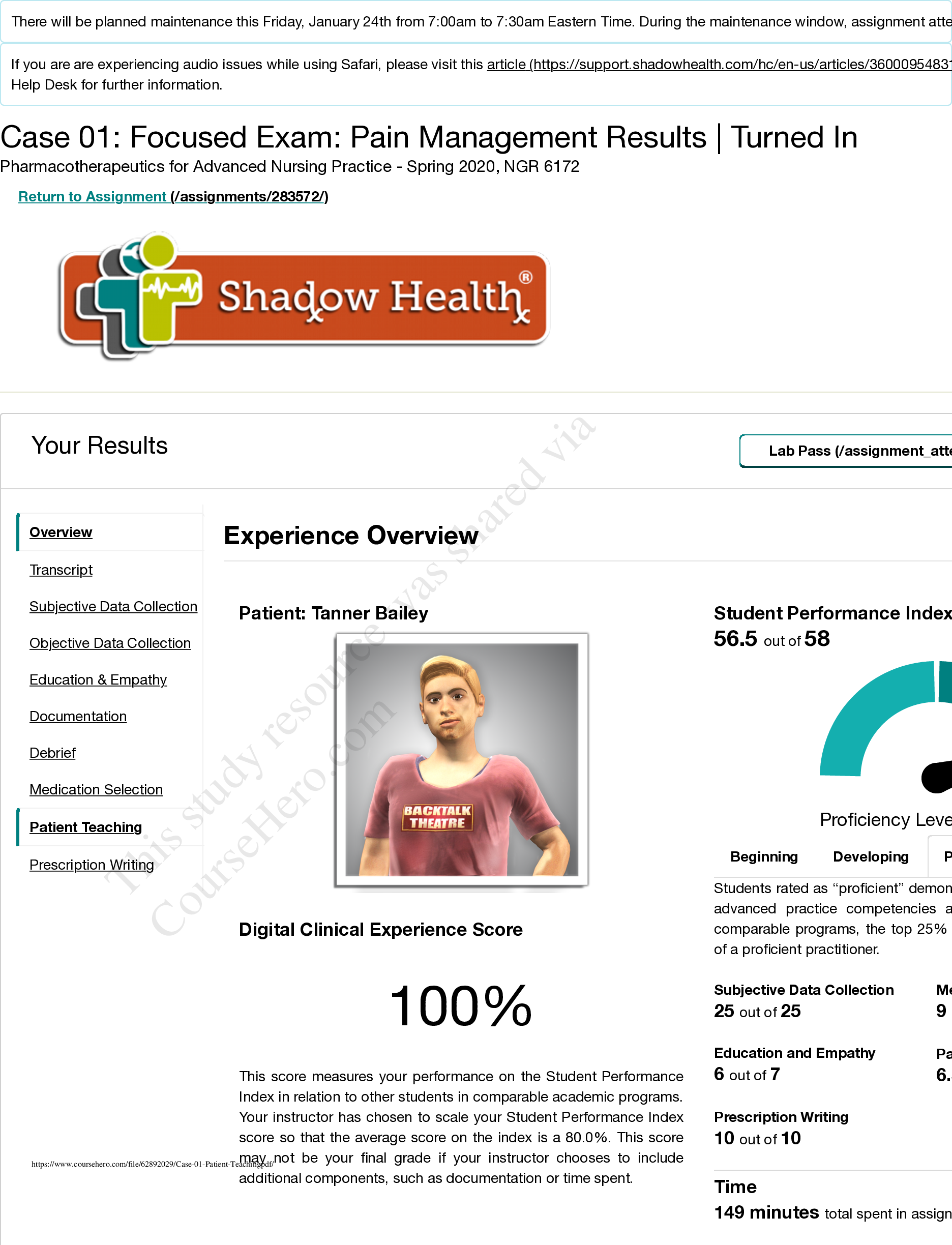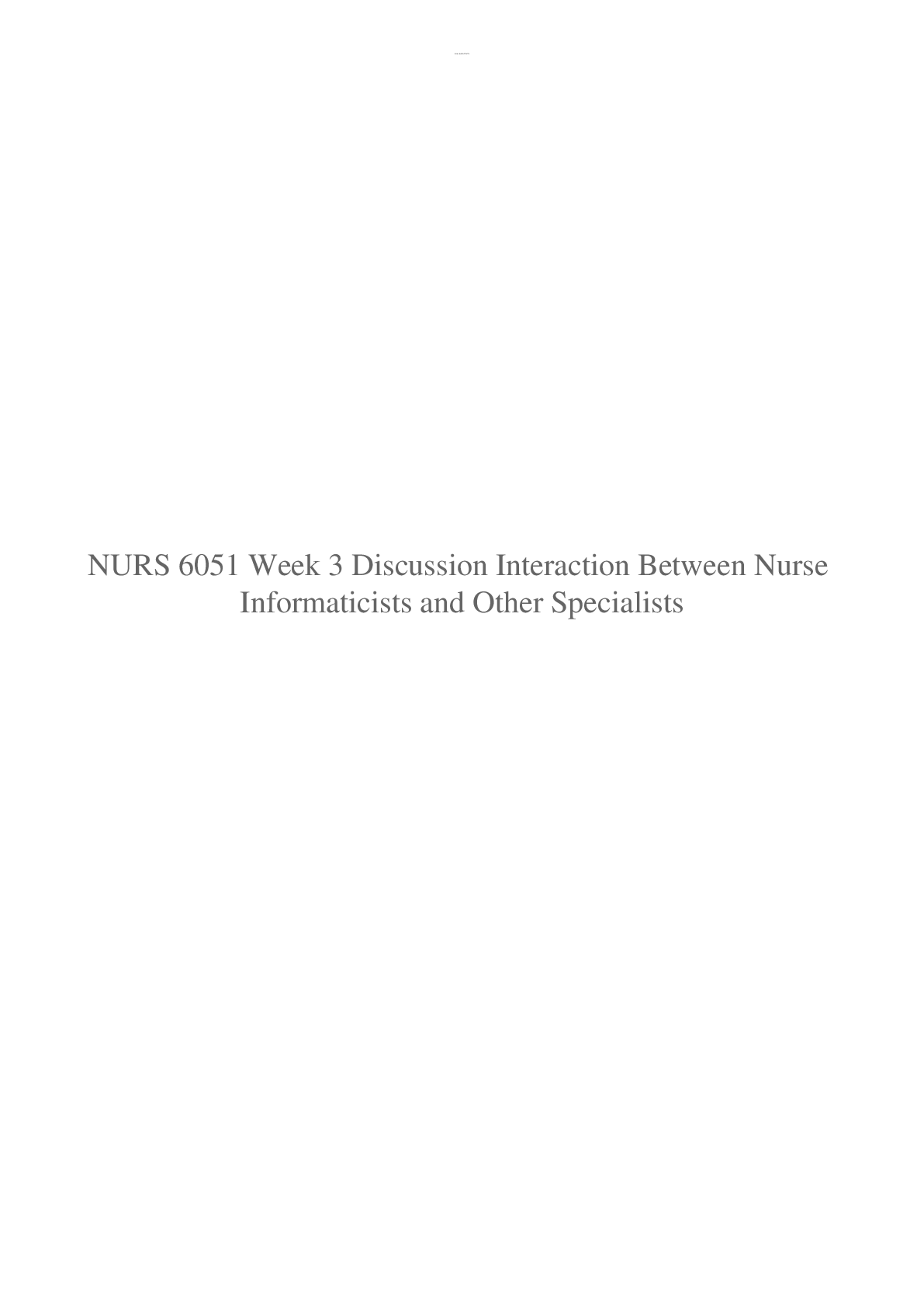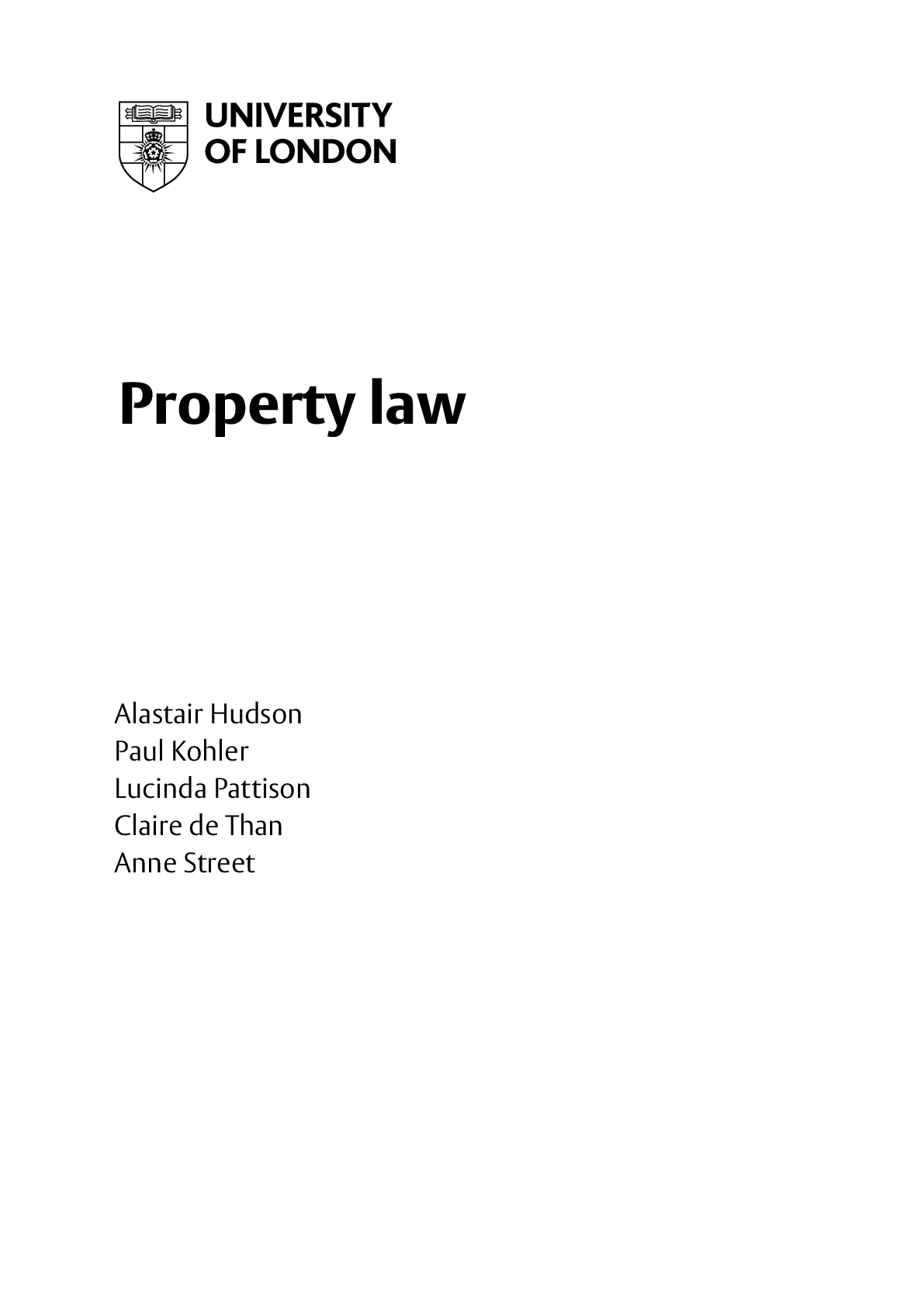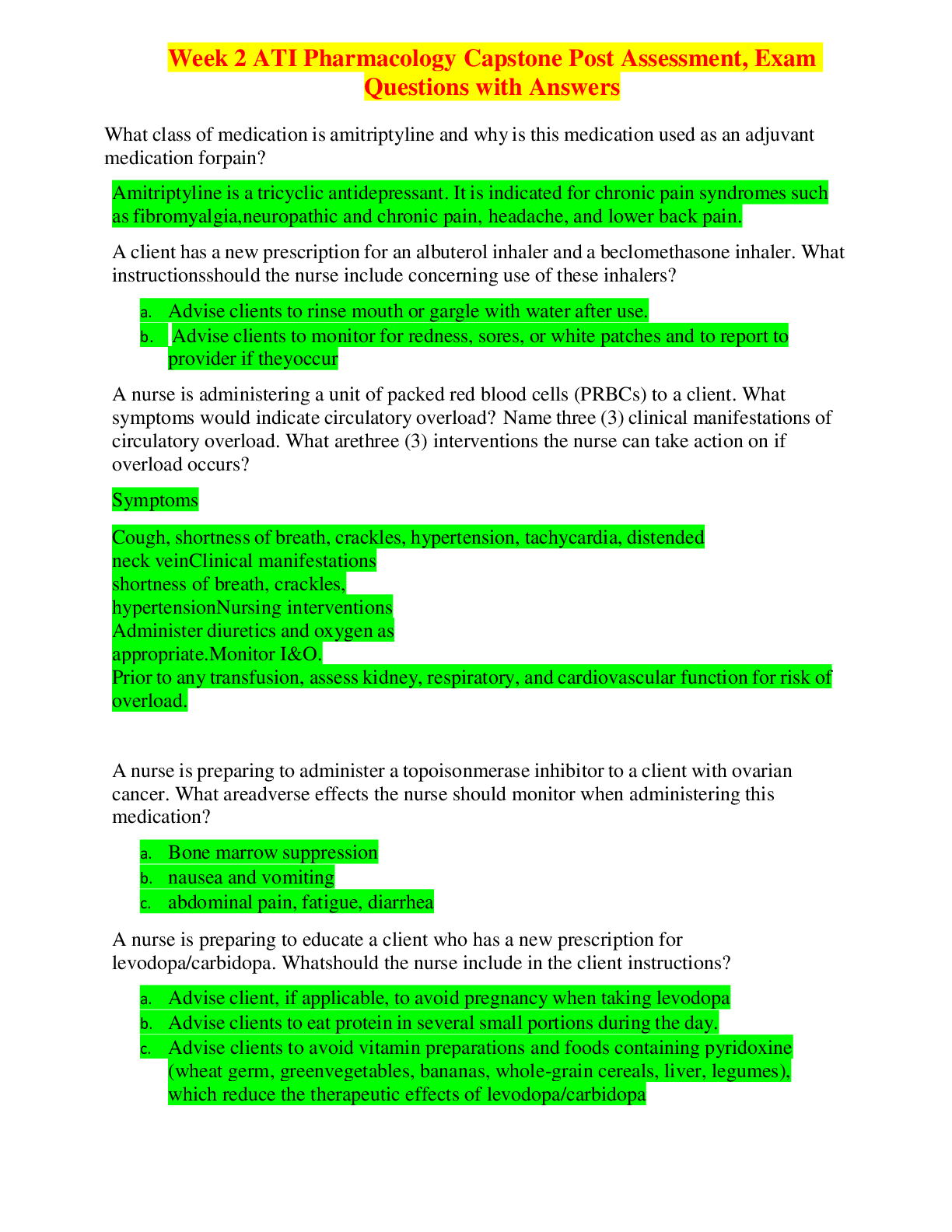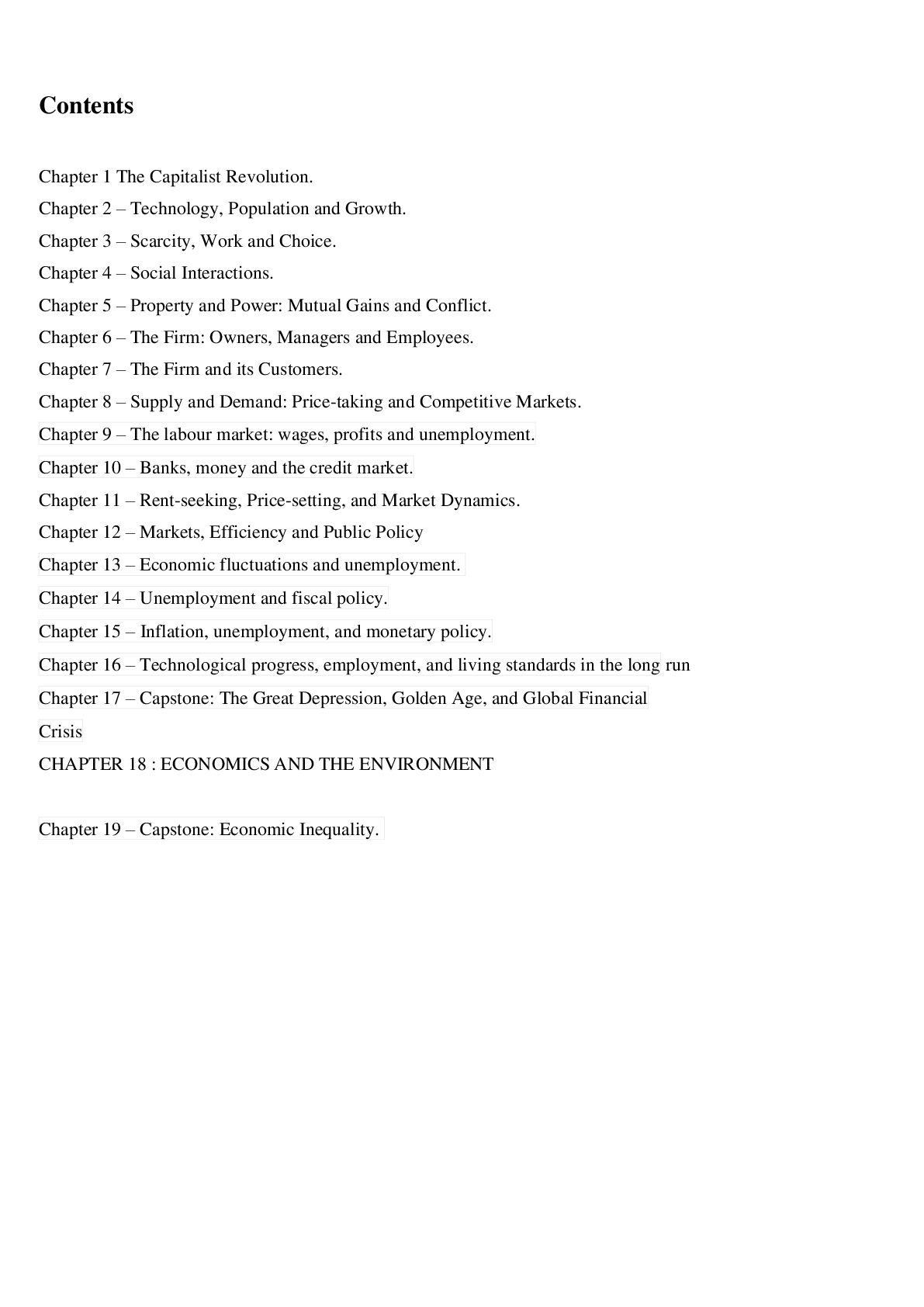NR 602 Week 6 Grand Rounds – PCOS. Complete Solution
Document Content and Description Below
What is PCOS?
Women with Polycystic Ovarian Syndrome (PCOS) have
abnormalities with the metabolism of androgens and estrogen, which lead to
an increase in androgen production (Beena & Thomas, 2016)
...
. PCOS can
result from abnormal functioning within the hypothalamic-pituitary-ovarian
axis (Beena & Thomas, 2016; Williams, Mortada, & Porter, 2016). PCOS
can be diagnosed when a patient presents with two out of three of the
following findings: polycystic ovaries (which is when there are 12 or more
follicles in 1 ovary), hyperandrogenism, and ovulatory dysfunction
(Williams, Mortada, & Porter, 2016).
Pathophysiology
The pathophysiology of PCOS is complex and no single reason can be
confirmed one hundred percent, however, it is thought that insulin resistance
plays a key role (Williams, Mortada, & Porter, 2016). Patient’s with PCOS
are two times more likely to have metabolic syndrome when compared with
the general population and they are four times more likely to have type 2
diabetes (Williams, Mortada, & Porter, 2016). The pathophysiology is also
associated with altered luteinizing hormone (LH) action, a predisposition to
hyperandrogenism, and insulin resistance (Williams, Mortada, & Porter,
2016). It is believed that the underlying insulin resistance these patients have
exacerbate hyperandrogenism via suppression of the synthesis of the sex
hormone-binding globulin and increase ovarian and adrenal synthesis of
androgens, leading to an overall increase in androgen levels (Williams,
Mortada, & Porter, 2016). The increase in androgens is what causes the
menses to be irregular as well as the development of physical appearances of
hyperandrogenism (Williams, Mortada, & Porter, 2016). Patients with PCOS
have also been found to have an increased risk for developing nonalcoholic
fatty liver disease, hyperlipidemia, and sleep apnea (Williams, Mortada, &
Porter, 2016).
Epidemiology
PCOS is the most common cause of infertility due to anovulation
(Williams, Mortada, & Porter, 2016). It is believed that between 6 to 25
percent of reproductive age women have PCOS (Williams, Mortada, &
Porter, 2016). The symptoms typically begin around the time the woman
begins her menses, therefore, the diagnosis is commonly made during
adolescence or young adulthood (Williams, Mortada, & Porter, 2016). It has
been found that these patients are at a higher risk for developing ovarian and
endometrial cancers (Williams, Mortada, & Porter, 2016).
[Show More]
Last updated: 3 years ago
Preview 1 out of 13 pages
.png)



